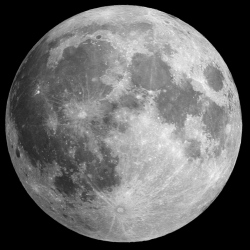
To kick off the launch of its new high-end Maxwell graphics chip, Nvidia used 3D imagery to debunk the moon-landing conspiracy. The chip maker’s researchers did that by reconstructing the moon landing using a “globally illuminated” 3D model of the lunar lander, the moon’s surface, and the astronauts.
That means the company used realistic lighting from true light sources to create the visual effects and shadows in its 3D landscape. The computer model employed separate 3D voxel grid structures that stored direct and indirect scene lighting that was used for the global illumination calculations. Such calculations take into account how light shines from direct sources and then bounces around off indirect sources.
The conspiracy theorists have long argued that the 1969 black-and-white image of astronaut Buzz Aldrin descending the ladder, a picture taken by astronaut Neil Armstrong, wasn’t possible because Aldrin should have been in the shadow of the lander.
But Nvidia’s researchers say the shadow argument can be countered by showing how indirect illumination from the moon’s surface lit the back of the lander and Aldrin. A high amount of reflected light bounces off the crystalline silt of the moon, and that was why Aldrin was so lit up.
Nvidia used voxels to store scene-lighting information along with a technique called cone tracing to gather indirect illumination. Then, it created a highly accurate 3D model to establish the proof.
